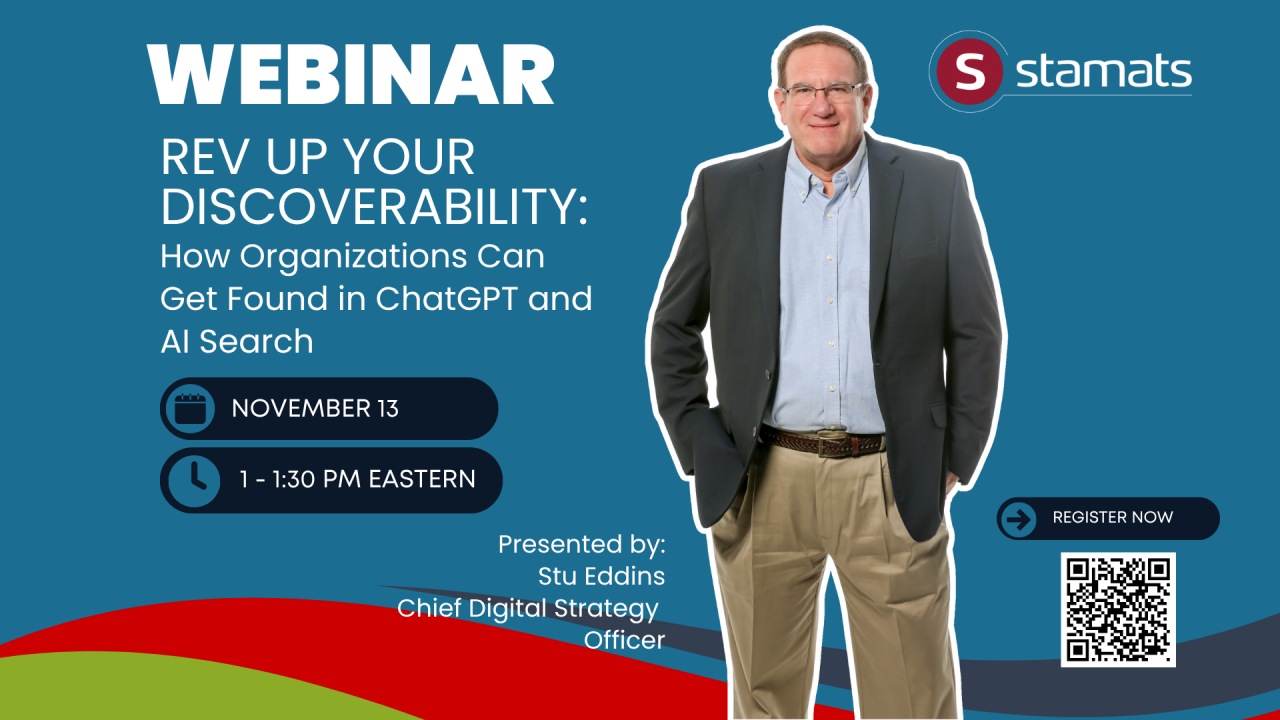Written by
on

Increasing application yield is on everyone’s mind who works in higher education. This is a tough goal that is increasingly looking more like a riddle. If the riddle is solved, one can proceed to the next step and potentially collect an ROI from matriculation. But what is the solution to increasing application yield?
In short, it ensures the student has a five-star experience as they move through the recruitment funnel. What does a five-star experience look like? The following are five areas to focus on:
1. Spoon-feed steps in communications.
Break down everything a student needs to know to start class on time into small, bite-size messaging. Use data to send relevant communication to each stage. If a student is at the inquiry level, they are most likely interested in learning about the programs you offer, the admission process, and how much it costs to attend your institution. To help them connect dots, weave in images and information about how your institution is a great fit for them as a student.
Layer messaging.
Duplicate messaging and layer it into multiple modes. For example, if the institution sends information in an email about how to apply for fall, layer it with a postcard, a social media post, and a handout given when they visit campus for a tour. If they have provided a cell number and approved you communicating in this format, a quick text message driving them to a carefully curated landing page explaining how to apply can also be a layer. Get creative and develop layers of communication that reach students in different modes of communication.
Provide updates and confirmation communications.
Equally important as sending messages about what a student may need to complete is sending messages confirming steps completed. These small messages saying, “We received your information or application or transcripts,” are a great way to continue to engage with students while also building trust. Providing spoon-fed confirmation messages keeps the interest piqued and brings them along the path to starting at your college. For instance, messaging around recruitment events is an opportunity to build trust and relationships with potential students. Include a message flow like the following to prompt the family and students who are visiting campus. Help families make their way toward your campus when they are navigating a new town, a new campus, and just about new everything.
- Event landing page that includes maps, instructions, lodging recommendations, a link to forecasted weather, and where to eat
- Event invite email
- Event confirmation email message, which includes a summary of the day and time, and how many in the student’s party are registered to attend
- Event confirmation text message with a link to the event landing page for details
- Reminder email with information about the event, what to expect, link to the event landing page—include parking information and other details about the day specific to the event
- Reminder text with a link to the event landing page
- Phone call reminder to help connect and answer any questions before the event
- Thank you card post-event
2. Engage with your inquiries and applicants at a personal level.
Make sure recruitment is texting or calling students to engage in a conversation and help potential students figure out plans to attend college. Learning about their goals and providing assistance learning about your institution builds trust and strengthens your brand.
Find a creative way to engage with your applicants. Host virtual events to help with applications and other admission questions. Design VIP events for students who are dual credit at your institution and are seniors. Roll out the red carpet and provide services and bonuses for being a dual credit who is matriculating to your institution. Provide one-on-one special sessions to create academic plans that include their dual credit. Walking the student through the credits they are either currently completing or have already completed draws direct conclusions of the advantage for attending post-high school. During your time together, put a package together to help them financially budget for attending your institution.
3. Confirm EARLY to include family in the process.
Family communication is an important part of the recruitment puzzle. When I was working in admissions, we would undoubtedly receive phone calls from frustrated parents concerned about pending due dates. It was clear they hadn’t been added to the parent communication flow, nor were their students keeping them up to speed on the steps to applying to the institution. This leads to a great point about making sure you have a communication flow and a means for students to be added when they call into the office. Providing this solution is a great way to build relationships by providing them a solution to keep them in the loop. Include a communication that asks the student for the parent information. By the time they get to the application stage, parent information is usually collected. However, asking for the information at the inquiry stage is a proactive approach to build cheerleaders for your institution.
4. Pay careful attention to the footsteps of an applicant.
Applicants have three basic buckets they exist in through the process:
- Application started but not submitted
- Application is submitted but admission file is incomplete
- Decision is made but student has not registered
Within each phase, there are other gaps or spaces created by technology and human processing. Find these gaps and address them! What does this look like? Start with the first phase: application started but not submitted. Presuming your institution has a digital application portal, there is a very dark hole that can occur at this stage. Ask yourself, “If an applicant starts an application but doesn’t submit, where does this data reside?” Sometimes there are two places for gaps to occur—at the first screen where authentication is set up and after authentication is established. Are these two lists receiving communications? What kind of follow-up is offered to these two lists or groups? Find these lists and strategize how the institution can connect with these students.
Related reading: Changing the Game: How Modern Enrollment Operations Use Data to Engage Students
5. Have an awesome website that is easy to navigate and fits the student’s path toward matriculation.
Messy websites are one of the quickest ways to lose a prospective student. If a student or family member can’t find the topic they need to help make a decision of where to attend, they will move on. Higher ed is a competitive market with lots of choices. It is easy to move on with a single click of a mouse.
Ask yourself if these items are within one click of the home page. Can a potential student or family member:
- Submit an inquiry form to be added to an email list?
- Submit an application to your institution?
- Find a list of programs offered at your institution?
- Find general numbers for the cost to attend?
The next layer of information is for students who have applied and are admitted. Information on these steps and the departments the student will connect to must be easy to find. The page(s) should have clear instructions of next steps with corresponding links to take action. Give a brief explanation of what must be done and a way to finish the step.
The five-star experience is about anticipating what the prospective student needs. Use tools like secret shopping to see what the experience is like for a new inquiry and a new applicant. What did you expect, and what is the shortfall from the expectation? Here is where to start. Here is where to fine-tune the experience and bring it from good or okay to great.
Want to learn more? Pick up the book Enroll More Now. We have power-packed tactics and strategies that are easy to read and implement at your institution, leading to better applicant yields.
Ready to Get Started?
Reach out to us to talk about your strategy and goals.
Related Reading: The Cost of Student Recruitment


